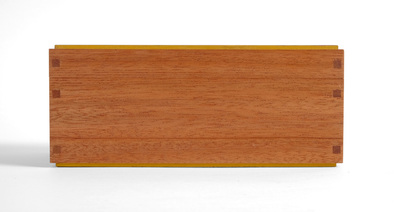 Superficially, this box is almost exactly like box 28, which I wrote about last week. The obvious differences between them: woods, milk paint colors, pin shapes. But I think these differences make for two boxes that each have their own soul. A coworker at the magazine picked up on this right away. Box 28, she said, is feminine, while this box is its masculine counterpart. This distinction in their character can be explained, at least in part, by the choice of woods. The body of this box is mahogany. It's deep, rich color gives a sense of formality. This box would sit nicely in one of those obnoxious, wood-paneled club rooms with leather chairs where men sit around smoking cigars, drinking after-dinner port, and deriding the peasants like me. The sycamore of box 28, even though it has a lovely shimmer, is more gentle, more loving. The beautiful curl of the figured top (and bottom) reinforce the box's formality, especially when compared to the earthy—and a bit carnal—warmth of the apple I used for box 28. The apple is a late-autumn nap by the wood stove with a soft but somewhat saucy lady friend. (What? That's not the image that the color, texture, and smell of apple evokes in your mind?) The curly veneer on this box is a well-fitting suit and tie, a freshly-shaven face, and an Old Fashioned in your hand. The shape of the pins also contributes to the difference in soul between the two boxes. Here I've used 3/16 in. square mahogany plugs over some white oak pins. (The plugs are very shallow, about 1/16 in. deep.) Straight sides are harder than the softness of a circle. Even the choice in milk paint colors emphasis the difference in soul. Marigold yellow, which I've used on this box, is a strong, bold color, especially set against the mahogany. The green I used on box 28 just doesn't strike the same tone. It's welcoming. It wants company, I think, where the marigold yellow sings its independence. What does this all mean? It points to the importance of choosing the correct woods, colors, and details for your work. Everything affects the overall character or soul of a piece: the color of the wood, the grain of the wood, the joinery, the size of the joinery, the choice of secondary and accent wood, the amount of secondary and accent wood (or paint), and a thousand other details to boot. This is the real work of a furniture maker. This is where you make or break a piece. And why it's more important to make something, then make another thing, then a third thing, and then a fourth than it is to worry about the tool you're using or the technique you used to cut a joint. That's how I see it anyway. For me, the journey is as much (no, actually it's more) about the aesthetics of what's being as how it's being made. Random thought time:
4 Comments
Phil
9/25/2015 09:42:54 am
Nice description and contrast. Maybe it's the straight-laced grain of the mahogany, but in my first look at the box, the plugs looked rectangular and not square.
Reply
Jerry Stark
9/25/2015 12:03:16 pm
A good design reflects itself well in many variations. This is a really nice box, to which the mahogany is very well suited.
Reply
10/8/2015 10:50:31 am
Matt, another winner. You just keep cranking them out. Your a box making machine.
Reply
Matthew Kenney
10/8/2015 09:34:37 pm
Will,
Reply
Your comment will be posted after it is approved.
Leave a Reply. |
AuthorI love furniture design, and smart techniques. This blog is about both. Archives
August 2020
Categories |
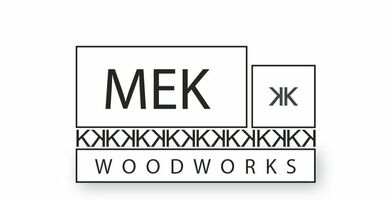
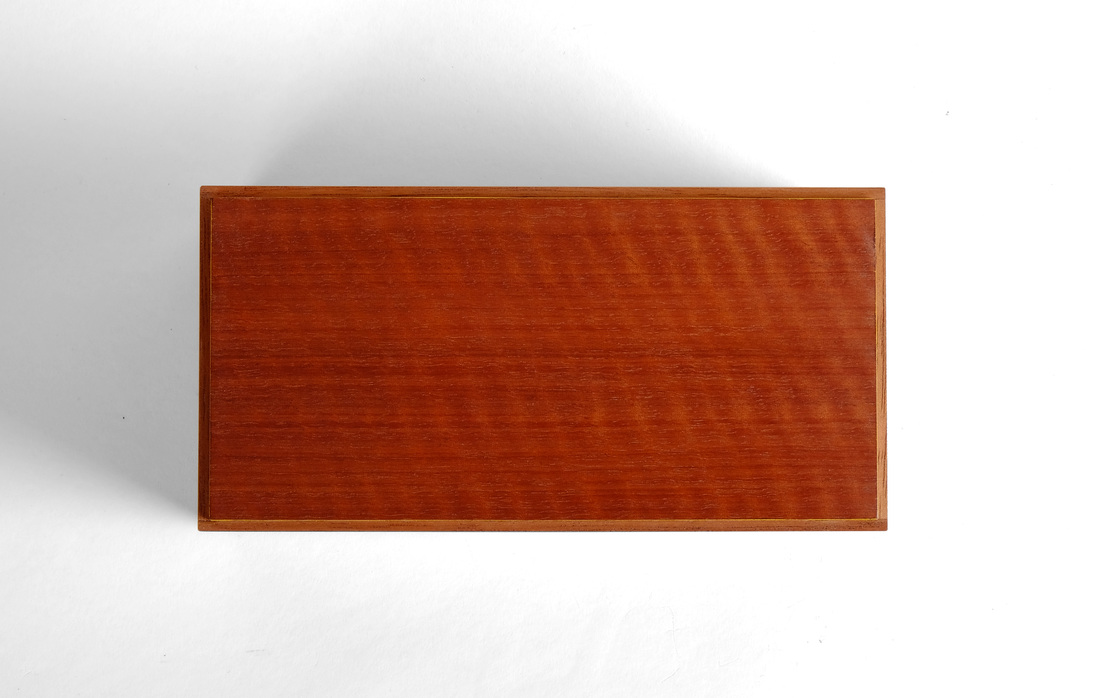
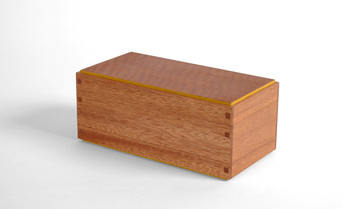
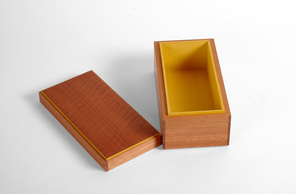
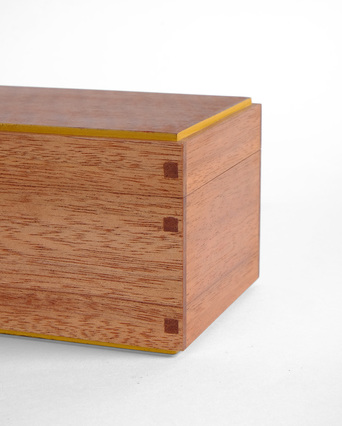
 RSS Feed
RSS Feed